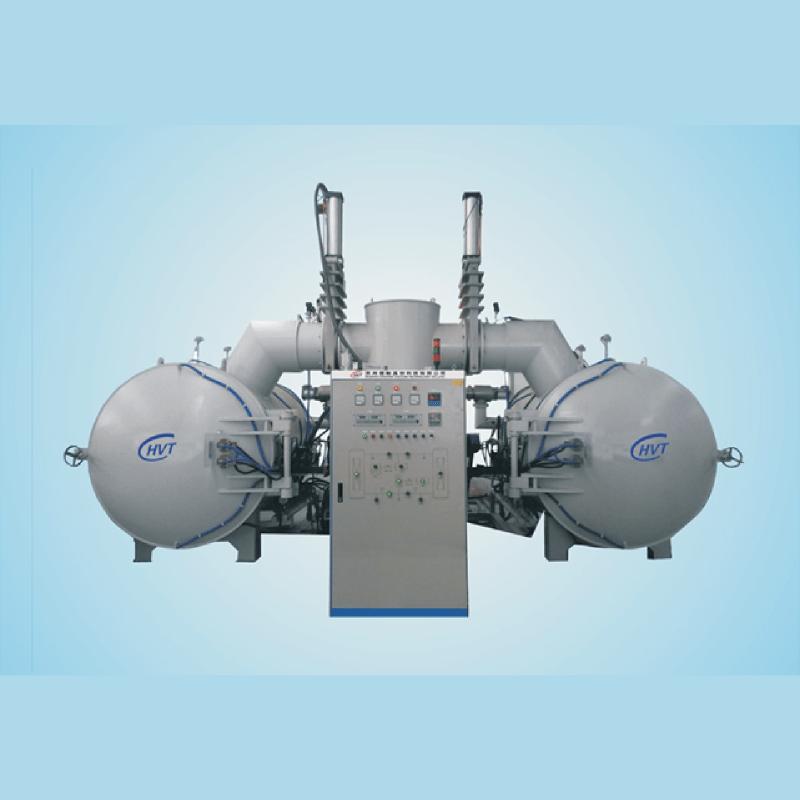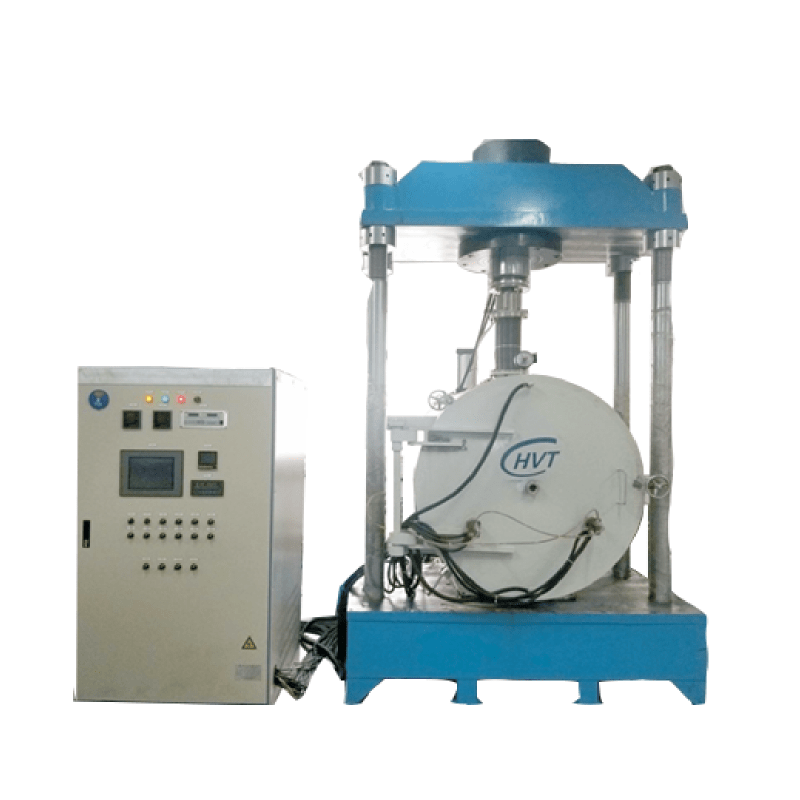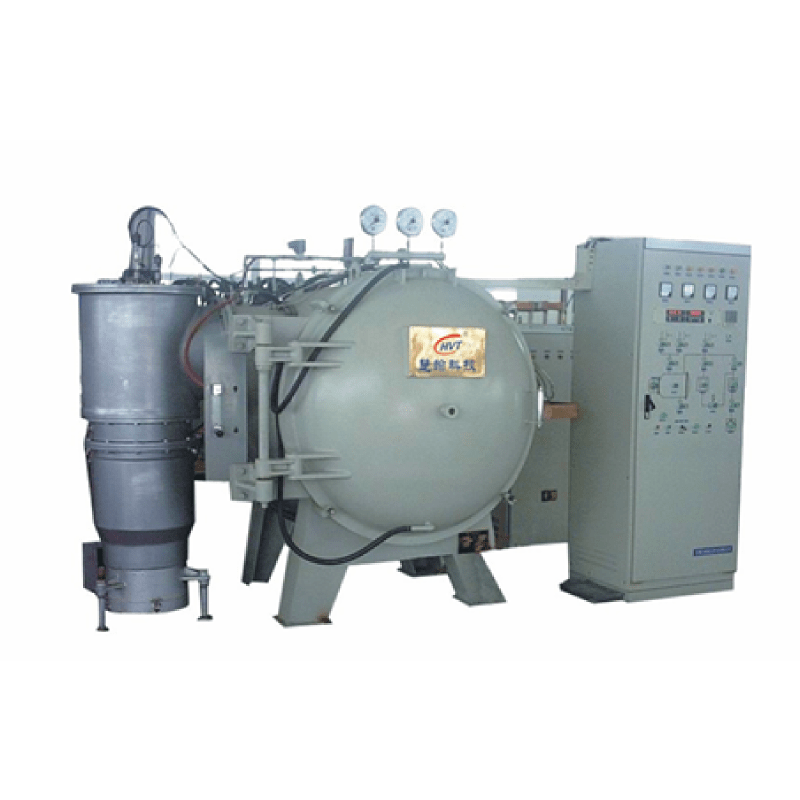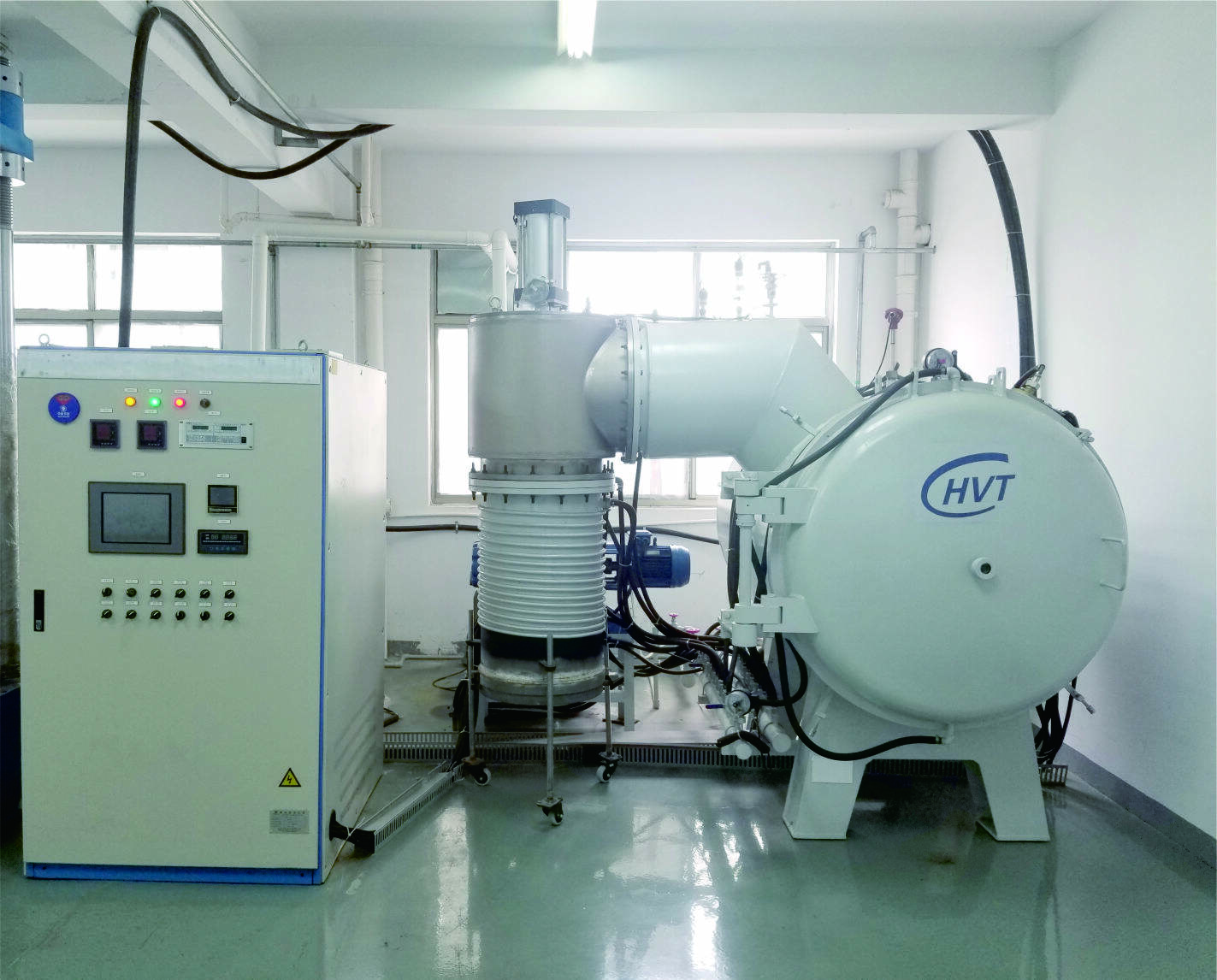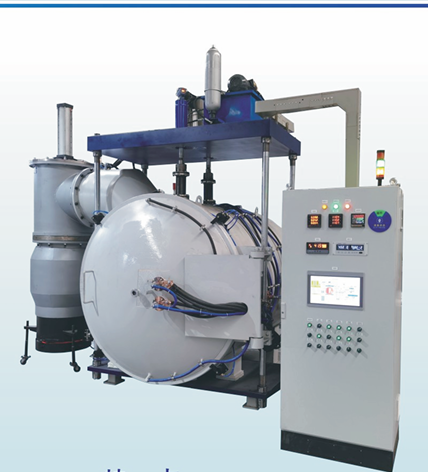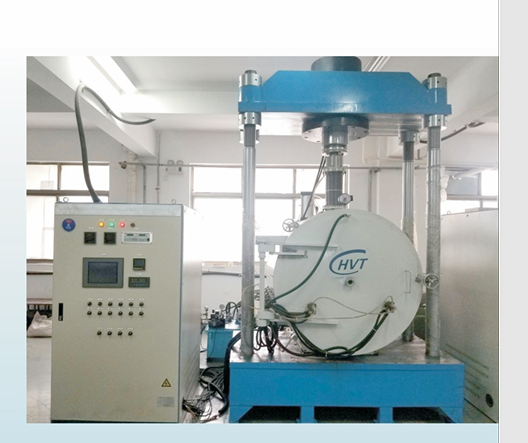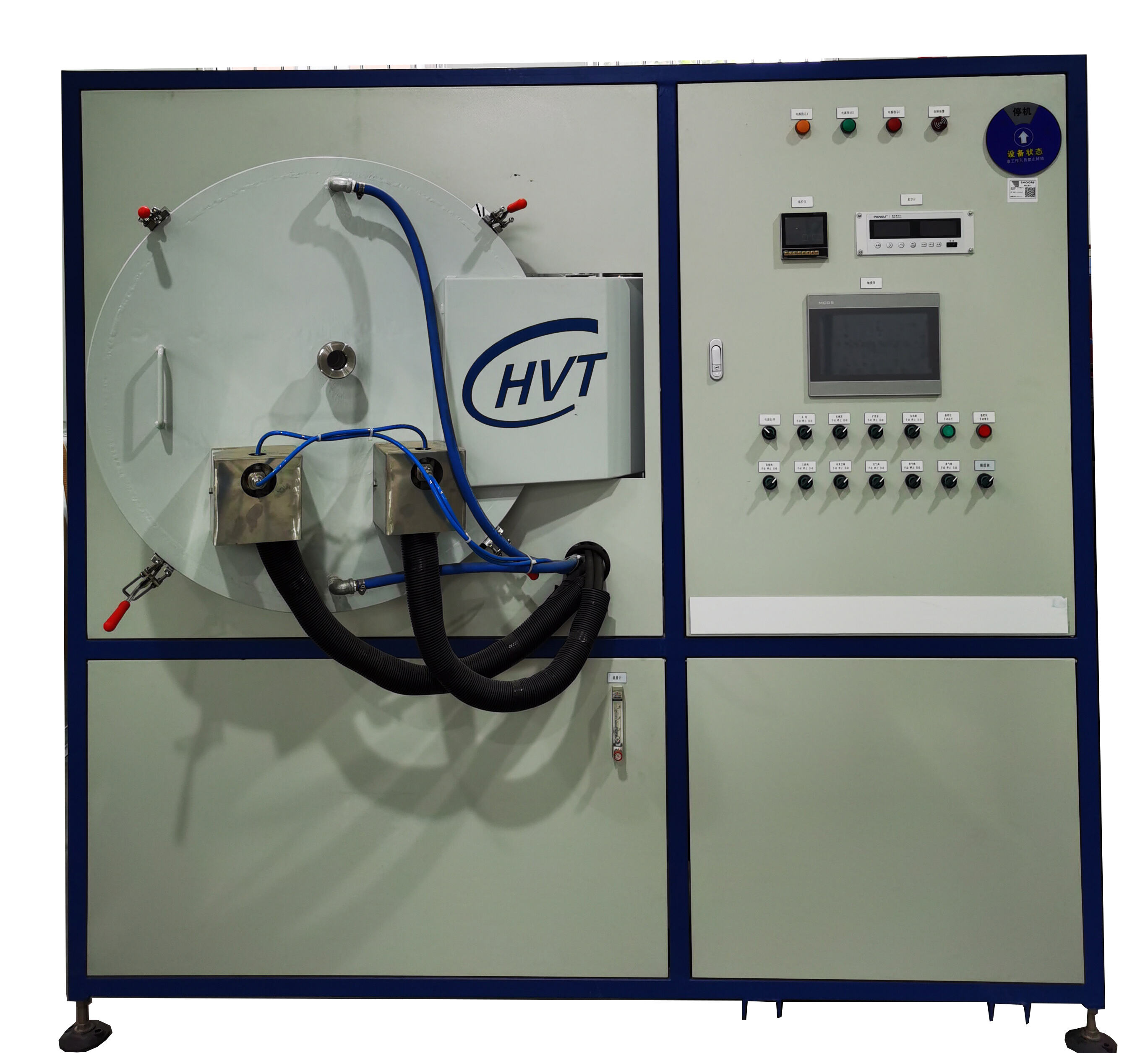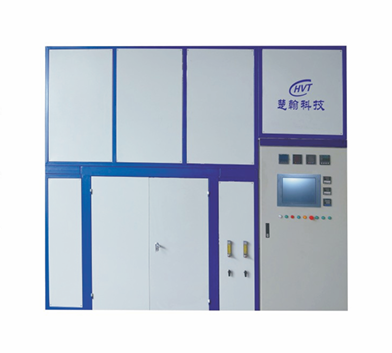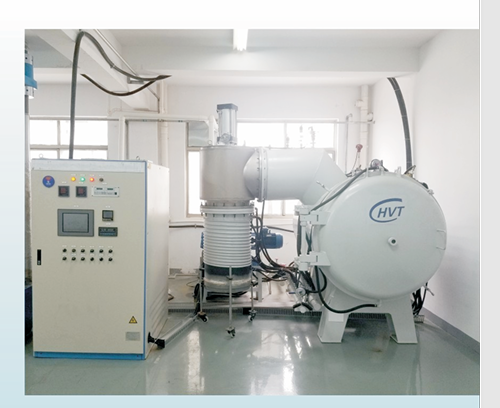electric metal furnace
The electric metal furnace represents a cornerstone of modern metallurgical processing, offering precise temperature control and efficient metal melting capabilities. This sophisticated equipment utilizes electrical energy to generate the intense heat required for melting various metals and alloys. Operating through either resistance heating or arc heating methods, these furnaces can achieve temperatures exceeding 3000°C, making them ideal for both industrial-scale production and specialized metallurgical applications. The furnace's design typically includes a robust refractory lining, water-cooling systems, and advanced control mechanisms that ensure optimal performance and safety. Essential features include temperature monitoring systems, power regulation units, and automated loading mechanisms. These furnaces excel in producing high-quality metals with minimal impurities, as the electrical heating method eliminates the risk of fuel contamination common in conventional furnaces. They are widely employed in steel production, precious metal refining, and specialty alloy manufacturing, offering unparalleled control over the melting process and final product quality.

